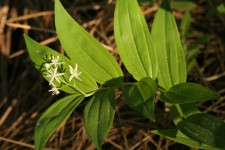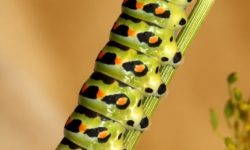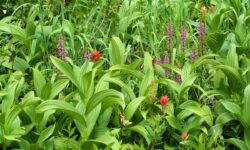I never ate a wild mushroom until I met my husband. Then I discovered morels were tasty. Now I’m passing the anticipation of finding the first morel onto my kids. However, morels are the only wild mushroom I collect and the kids need to ask about any mushroom they pick since many are poisonous.
Even the true morel has a poisonous counterpart: the false morel. Once I identified a false morel, the differences were obvious between the true morel of the genus Morchella and the false morel (Gyromitra esculenta).
True morel versus false morel
False morel characteristics
- Brain-like appearance
- Lobes, folds, wrinkles, flaps on irregular cap
- When cut in half from top to bottom, the stalk is chambered, pith-filled or has cotton-like fibers in it
- Tend to be red, purple or brown
- Often wider than tall
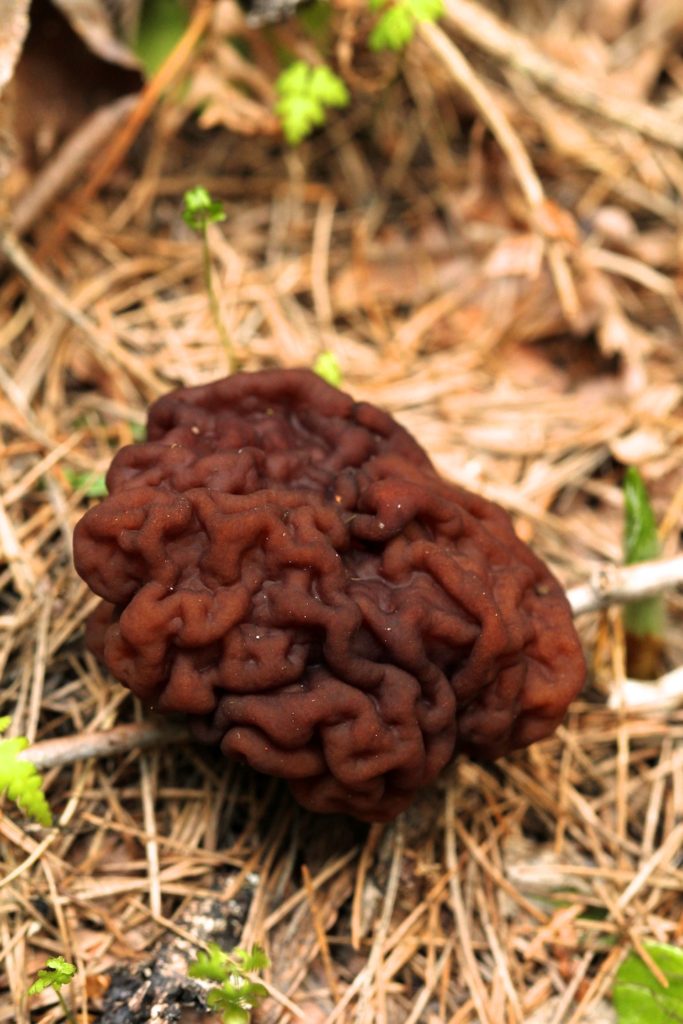
True morel characteristics
- Pitted and ridged
- Honeycombed appearance
- Cap is joined to stem at the base of cap or no more than halfway up the cap
- When cut in half from top to bottom, the stem is completely hollow
- Tend to be more yellow, tan and gray
- Usually taller than wider
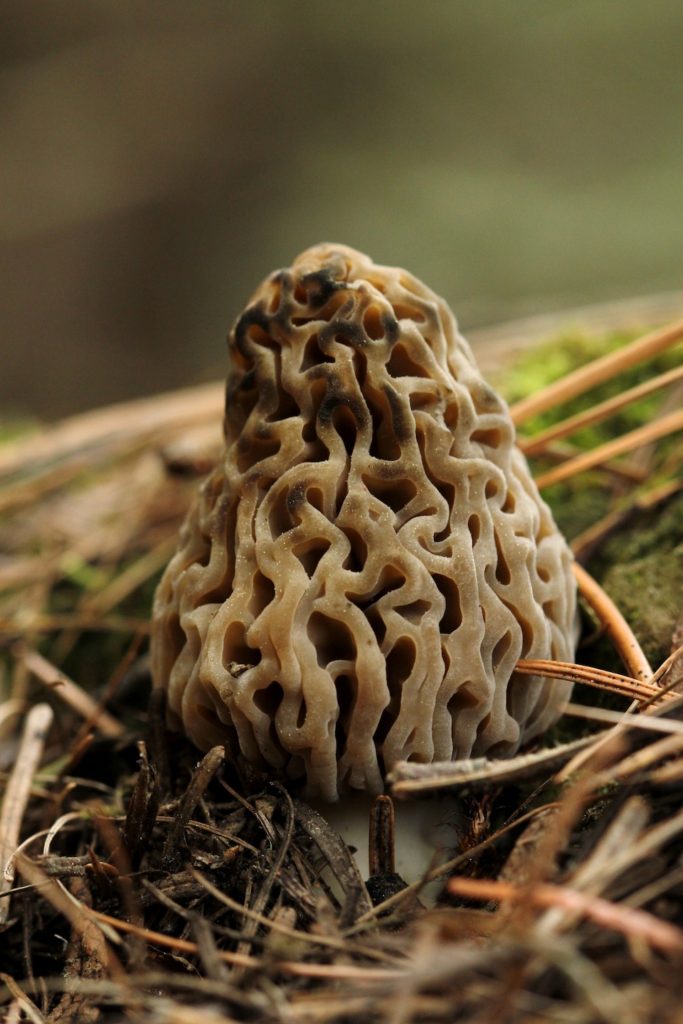
Not all false morels of the genus Gyromitra are poisonous but I prefer not to take the chance. False morels contain the toxin gyromitrin which is harmful to the liver. After eating a false morel, symptoms include diarrhea, headache, lack of muscle coordination, fever, abdominal pain, convulsions, coma and death.
I’m not a mushroom expert. What I’ve shared here is based on research and my own experiences. You should always cross-reference a mushroom with a field guide or experienced mushroom hunter before consuming.
Enjoy the search for tasty morsels of morels and remember the saying, “If it isn’t hollow, don’t swallow”.
What is your favorite way to eat morels?

